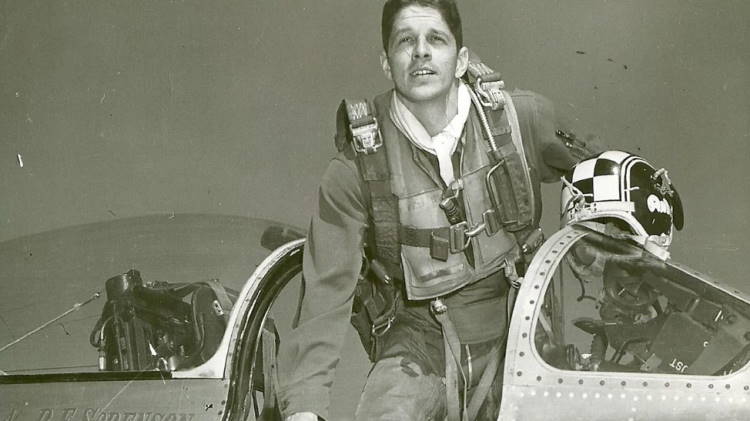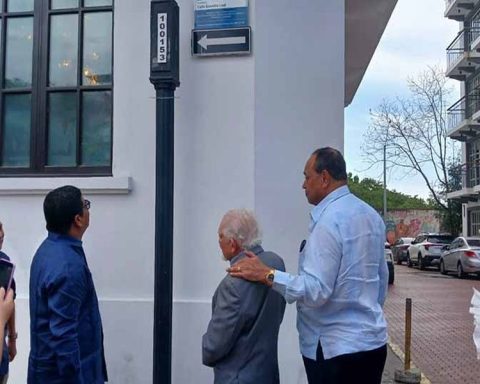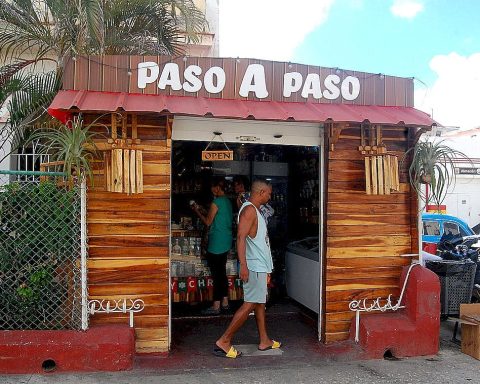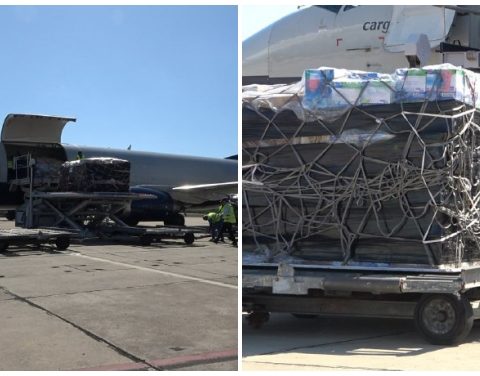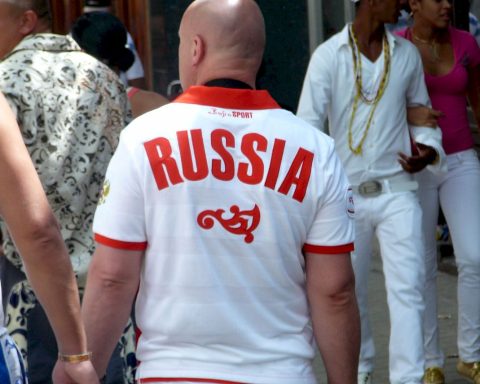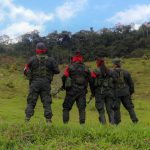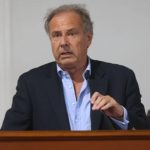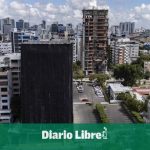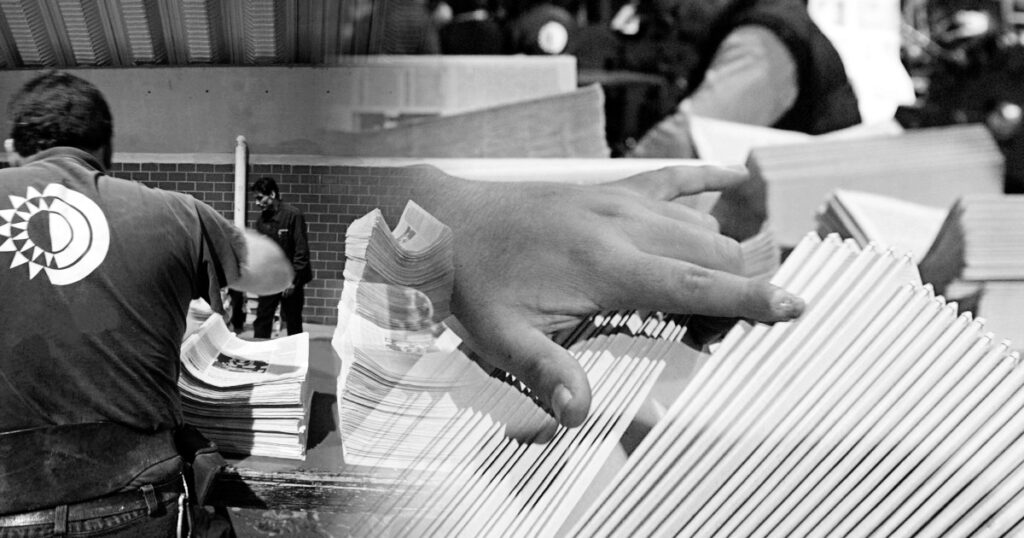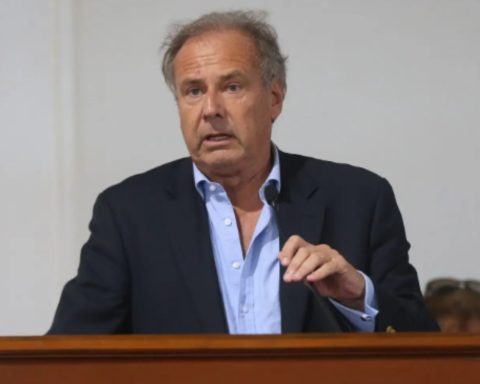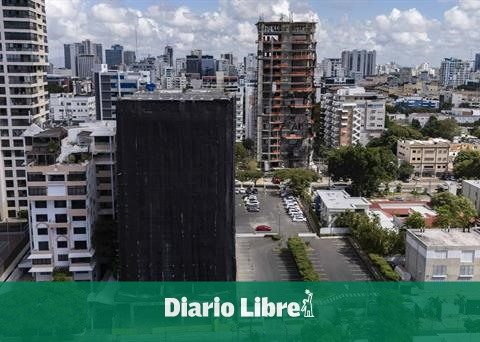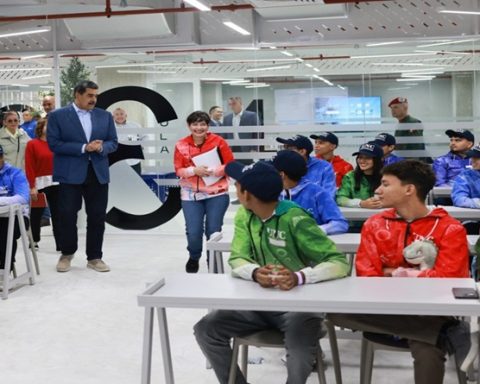LAS TUNAS, Cuba. — “You are exactly where he fell,” Ramón Cirilo Mora Morales, then an 86-year-old man, a resident of Veguita 3 (Banes, Holguín), told me, an eyewitness to the fall of Major Rudolph Anderson, pilot of the plane U-2 shot down by surface-to-air rocket on October 27, 1962, the day the world came very close to nuclear war.
Major Anderson was the only fatal casualty during the missile crisiswhen the installation of Soviet nuclear weapons in Cuba, targeting the main cities of the United States, could burn all of humanity with thermonuclear fire in the third and perhaps last world war, if Nikita Khrushchev had accepted Fidel Castro’s suggestion of be the “first to deliver the nuclear blow”.
Thinking of that universal cataclysm, I crouched down in the squalid cane field to pick up and put in my backpack a handful of damp earth from the place where the old man told me: “it fell right there, I was on the other side of the line (railroad), at Arturo Jiménez’s store, paying him 25 pesos that he owed him.”
That handful of soil from Veguita 3 —which until today did not have a defined destination and has remained packed among my books— I took in my hands on October 27, 2012, coincidentally on a cloudy Saturday, like the day of the event, at 10 :17 in the morning. Just at that time the American pilot had fallen, fifty years ago, in that place in the former province of Oriente where I went to write a series of articles that CubaNet published for the half century of the Missile Crisis.
Life brings us mysterious events and in my profession this was one of them. That’s how I felt that day, ten years ago, when the same person I then called “Mr. Lopez” told me the story, and who would suture wounds received in a traffic accident to one of the Russian gunners who shot down the U-2, and then he would also sew the tears on the corpse of the American pilot.
This morning I experienced a light like that day, when I went to the room where my mother died and my father lay dying, and where among old books and newspapers, all these years, the land of Veguita 3 remained on which it fell. Rudolf Anderson’s corpsetied to the chair of the U-2, from which he could not catapult because, according to experts, he died instantly, without oxygen, at more than 20 kilometers high, when a shrapnel shrapnel must have torn his regulation suit.
The light that I saw, imagined or felt burning when this morning I once again held the earthen envelope in my hands, led me to the question: what would have happened if after the shooting down of the U-2 and the death of the pilot Anderson, the United States Would you have responded in the same way, with fire against Cuba? Readers will remember that, during all those days, the Americans maintained from their bases in Florida dozens of missiles (some with nuclear charges) ready to intercept Soviet rockets if they were fired from Cuba. Nuclear-armed bombers remained in the airspace, protected by fighters.
Mr. López assured me that during the entire time that they were suturing and applying formaldehyde to Major Anderson’s corpse, in the initial preparation before sending him to Santiago de Cuba for transfer to Havana, he was impressed that, while they were doing the work obituary, all the Cuban military chiefs who were there, entered, looked and left, looking very worried, because it was as if with that dead American “the thermonuclear war had begun,” he said.
On that occasion, López would also say that on the day of the downing of the U-2, the Soviet officers with whom he had friendly relations and who were stationed in La Anita, a rural neighborhood relatively close to Banes, later came to his house, where they used to to spend time drinking. From there they went to the place where the plane fell, where the political head of the battery, Nicolai Grechanik, jokingly blurted out: “Gavana gavarit (Havana spoke). Anderson sleep, Cuban soldier”. It was unthinkable that a military chief on the island had ordered the US plane to be shot down, when the Cuban state lacked legal, political and military jurisdiction in the territory where the Soviet armed forces were located.
Fortunately, and due to the restraint of President Kennedy and Soviet ruler Nikita Khrushchev, the blinding flash of light has only occurred in my mind. The nuclear war that Fidel Castro tried to unleash in a message addressed on October 26, 1962 to the president of the USSR, did not take place. Humanity is still alive; only one of his sons, Rudolph Anderson, died.
In 2014 I visited several cities in the United States, including Greenville, South Carolina, the city where the pilot shot down in Cuba was born; and I thought to take to his homeland the handful of Cuban soil where he fell, to spread it next to an American oak tree, in any park. Then I thought that to the place where the deceased was born, soil should not be taken from the site of his death.
This is how that lump of Veguita 3 remained among my books, until today. On it I will plant, on my land, a white oak tree for Rudolph Anderson and all of us who survived 60 years ago, when humanity was on the verge of death.
OPINION ARTICLE
The opinions expressed in this article are the sole responsibility of the issuer and do not necessarily represent the opinion of CubaNet.
Receive information from CubaNet on your cell phone through WhatsApp. Send us a message with the word “CUBA” on the phone +525545038831, You can also subscribe to our electronic newsletter by giving click here.
